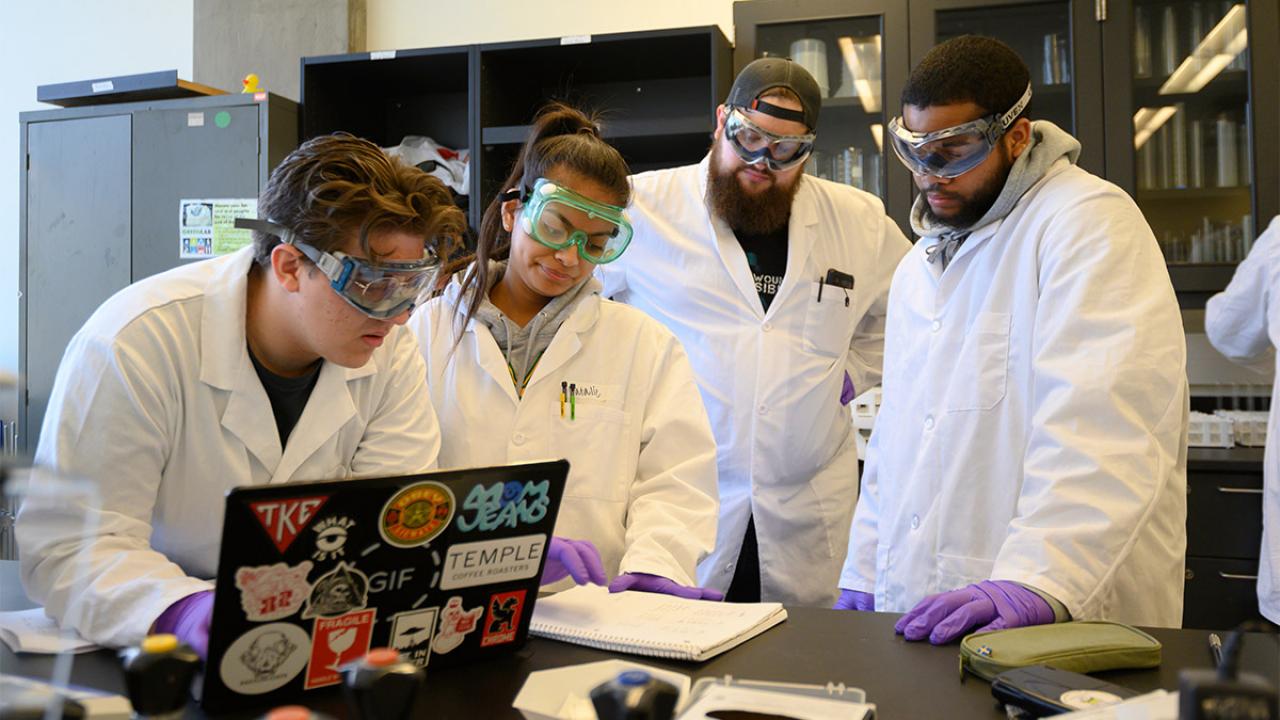Diversity, equity and inclusion is one of the highest strategic goals of the University of California, Davis. It’s a key priority of our 10-year strategic plan, To Boldly Go. We’re committed to improving access and building a sense of community for all marginalized populations.
As a top research university with a public service mission, it’s important that the composition of our students, staff and faculty reflect the increasingly diverse population of California. To achieve this goal with students, we have implemented strategic engagement, recruitment and yield plans that focus on relationship building with campus, school and community partners. These efforts are aligned with our third strategic plan goal, which aims to make UC Davis a model for diversity and inclusion.
Enrollment growth among marginalized populations
As a result of the university’s strategic diversity initiatives, we have made progress in enrolling new undergraduate African American and Chicanx/Latinx students since 2000.
We’ve seen a steady increase in our Chicanx/Latinx new student enrollment. In 2000, 1,980 undergraduate students — 9.9% of the domestic total — were Chicanx/Latinx. In 2018, Chicanx/Latinx undergraduates totaled 6,885, or 27% of the domestic total. Between 2000 and 2016, UC Davis saw an average annual growth rate of 8.9% among incoming enrolled students who were Chicanx/Latinx. That’s an average yearly increase of 93.3 students per year.
The number of African American undergraduates also increased. Between 2000 and 2016, there was an average annual growth rate of 3.3% among African American incoming enrolled students, or 2.4 per year on average. In 2000, 552 undergraduate students — 2.7% of the domestic total — were African American. In 2018, 679 undergraduates were African American.
UC Davis has taken a number of steps to improve African American student enrollments. We’re working with partners, including Umoja and our African and African American Alumni Association, to create a community of support. We've also developed strong retention programs on campus to support these students after they arrive at UC Davis.
We’ve engaged programs, such as “Improve Your Tomorrow,” to build the needed support systems that will improve access and attainment of baccalaureate degrees for men of color.
Looking ahead
In May, the UC Board of Regents eliminated the use of the SAT and ACT in applications for admission by California high school students. We anticipate some improvement in our recruitment efforts for students of color by eliminating these tests, which we know to be biased.
We’re projecting increases in historically underrepresented minorities for fall 2020. We are also working to improve yield and reduce melt for all of our underrepresented minority students. Successful efforts to improve our Latinx population will serve as a model for continued improvement with other populations.
Proposition 209 prohibits the consideration of race, sex, color, ethnicity or national origin in the operation of public education in California. This creates challenges for us as we try to be equitable and practice inclusive excellence to attract the best and brightest students from different cultural, racial, geographic and socioeconomic backgrounds.
The UC Davis Office of Diversity, Equity and Inclusion, our student success centers and other initiatives across both campuses continue their work to advance our culture of inclusiveness among students, faculty and staff. We’re committed to creating a campus environment that is diverse, inclusive and equitable for all.
We recognize there is more work to do, but the signs of progress are encouraging. We’re working to make UC Davis a top choice for students of all backgrounds to pursue an affordable education and make a difference in the world.
Media Resources
Melissa Blouin, News and Media Relations, 530-752-2542, mlblouin@ucdavis.edu
